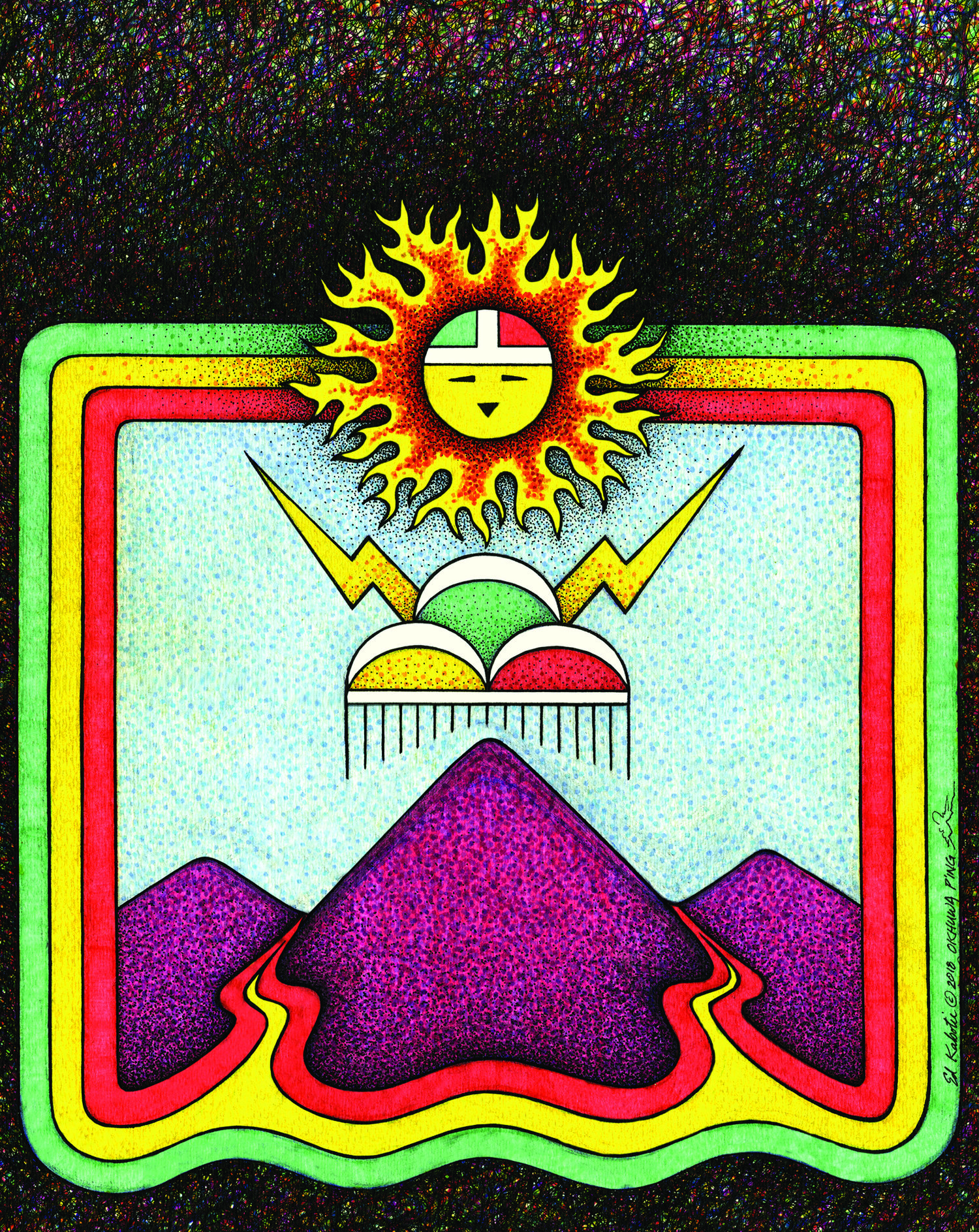Springs Ecosystem Assessment Protocol
Following the first inventory phase, Springs Inventory Protocol (SIP), is the second phase: the Springs Ecosystem Assessment Protocol (SEAP). This phase involves assessing the site condition and risk level. SEAP is a process of evaluating the inventory data to generate a condition and risk score in each of the six predefined categories. Risk is interpreted as the potential threat or the “condition inertia” of that variable. In other words, what is the probability of that variable remaining unchanged?
The six categories are:
Aquifer and Water Quality
Site Geomorphology
Habitat and Microhabitat Array
Site Biota
Human Uses and Influences
Administrative context under which the spring is managed
Each category is scored on the basis of 5-8 subcategories that are ranked on a 0-6 scoring scale. The first 5 categories are evaluated by the inventory team. Category 6 is evaluated through a discussion with the land or resource manager. Subcategory scores are averaged to produce the overall Category scores. The ecological health score is evaluated in relation to human influences, which is then compared with the stewardship plan for the site.
On Springs Online, the six categories of the SEAP are represented within the light blue heading boxes with the subcategories represented below. The culmination of subcategory scores produces an overall category score for each, and finally a total SEAP ecological health score.
SEAP Criteria sheets are available here...
A SEAP can be developed to varying extents based on information or time and funding availability. These levels include:
A comprehensive Level 2 inventory, conducted by a team of 3-4 experts during an extended (several hours long) site visit.
The results of a brief (10-20 minute) Level 1 field examination of the site, or
A rapid, in-office assessment developed by a manager with good understanding of a site.
The SEAP’s quantitative approach also allows it to be used as a monitoring tool, permitting the comparison of ecological condition over time, or following management actions.
Implementation
SSI has tested the SEAP on springs in several regional landscapes (southern Alberta, southern Nevada, northern Arizona, and elsewhere).
Our studies to date show that SEAP is broadly and multi-culturally effective, efficient, comprehensive, and specifically informative for virtually all spring ecosystems. Analysis of large suites of springs in those studies revealed strong responses of springs types and habitats to anthropogenic stressors; particularly groundwater depletion, flow diversion, geomorphic alteration, livestock grazing, and non-native species introductions.
A strong example of SEAP implementation is SSI's Level 2 inventory of Montezuma Well, a large limnocrene (pool-forming spring) in Montezuma Castle National Monument in central Arizona. The SEAP produced from that inventory showed that the Well was in fairly good ecological shape but is threatened by regional groundwater pumping and intensive recreational impacts.
SSI also used the results of SEAP to advise federal and tribal managers on prioritized stewardship and restoration options. The SEAP section of Springs Online includes the opportunity to report management recommendations.
An example of SEAP management recommendations from Banfield Spring, Coconino NF, AZ.
The advisory reports have been used to undertake springs restoration projects in Ash Meadows, Nevada (Otis Bay2006) and on the Arizona Strip (Grand Canyon Wildlands Council 2002, 2010). We expect and welcome future improvement of SEAP as additional data are compiled and further analyses are undertaken. We invite interested individuals and agencies to consider using both the SEAP and the springs inventory protocol (SIP) on which it is based to prioritize understanding and improve stewardship of springs ecosystems in all landscapes.




